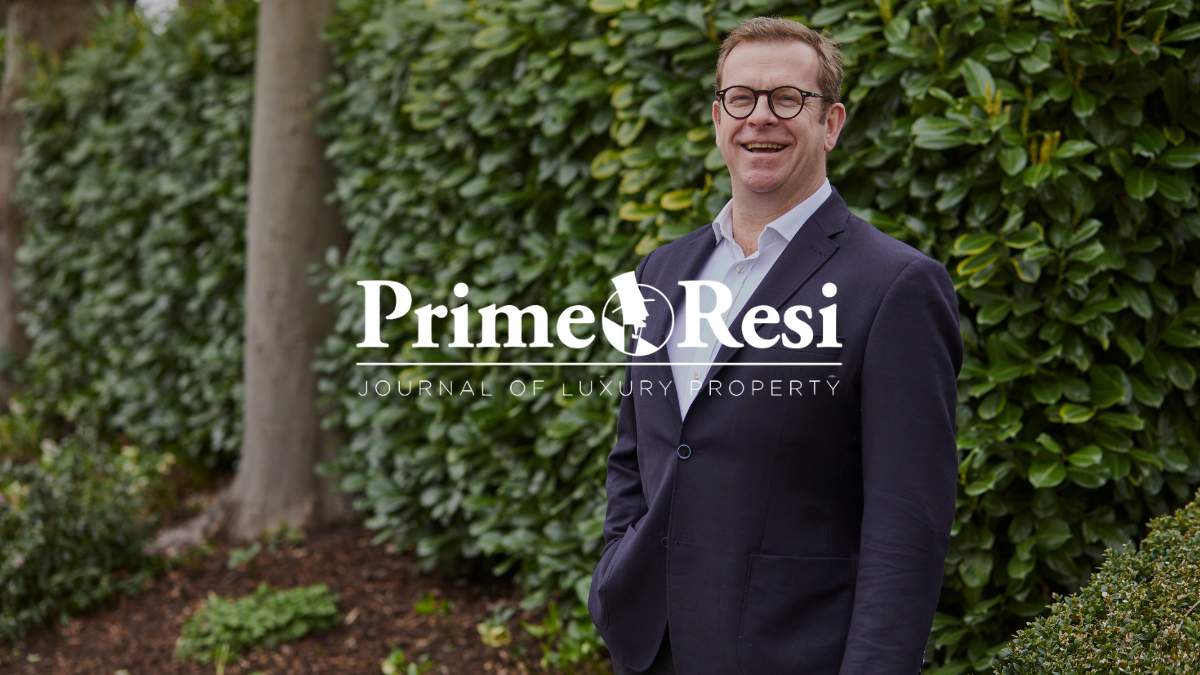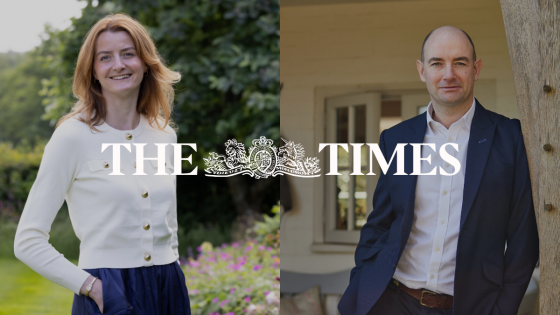“The UK population is not just ageing but becoming elderly,” notes Middleton Advisors, which collaborated with real estate researcher Yolande Barnes on the analysis. “In the years to 2040, there will be a significant increase in the number of elderly households – and the number of homes coming to the market from the deceased estates. The elderly ‘baby boomer’ generation is healthier and wealthier than their forebears. Having substantial purchasing power, they are seeking convenience and the ability to age gracefully and actively – but not necessarily in care homes or managed retirement communities.”
This is creating a new prime market of quality housing suitable for older residents wishing to “age in place”, said the firm, whether in country villages or well-positioned appealing towns and cities with a full range of amenities.
The report also explains how upcoming Gen Z and Alpha households could carve a “new niche” in prime markets. Environmental consciousness is expected to translate into continued demand for country living, while AI advances should provide more freedom from conventional workplaces – making urban living “a choice rather than a necessity”. Large, adaptable properties could also be in high demand, as multi-generational living gains traction.
In location terms, East London is likely to remain popular amongst Gen Z, according to the analysis, although Kent, Somerset and West Yorkshire are tipped as future hotspots for those in search of “environmentally conscious country lifestyles”.
Managing Director of Middleton Advisors, Mark Parkinson: “Our research suggests the continued evolution of prime housing markets. With an ageing population that is healthier and wealthier than ever before, we are already seeing growing demand for best-in-class properties that are well suited to elderly residents.
“This demand to ‘age in place’ may lead to the slower recycling of homes and a growing pressure on the most in-demand properties with good amenities – in particular large lateral conversions in attractive urban areas and single-level retreats and barn conversions in charming rural ones.”
Read the full article here







